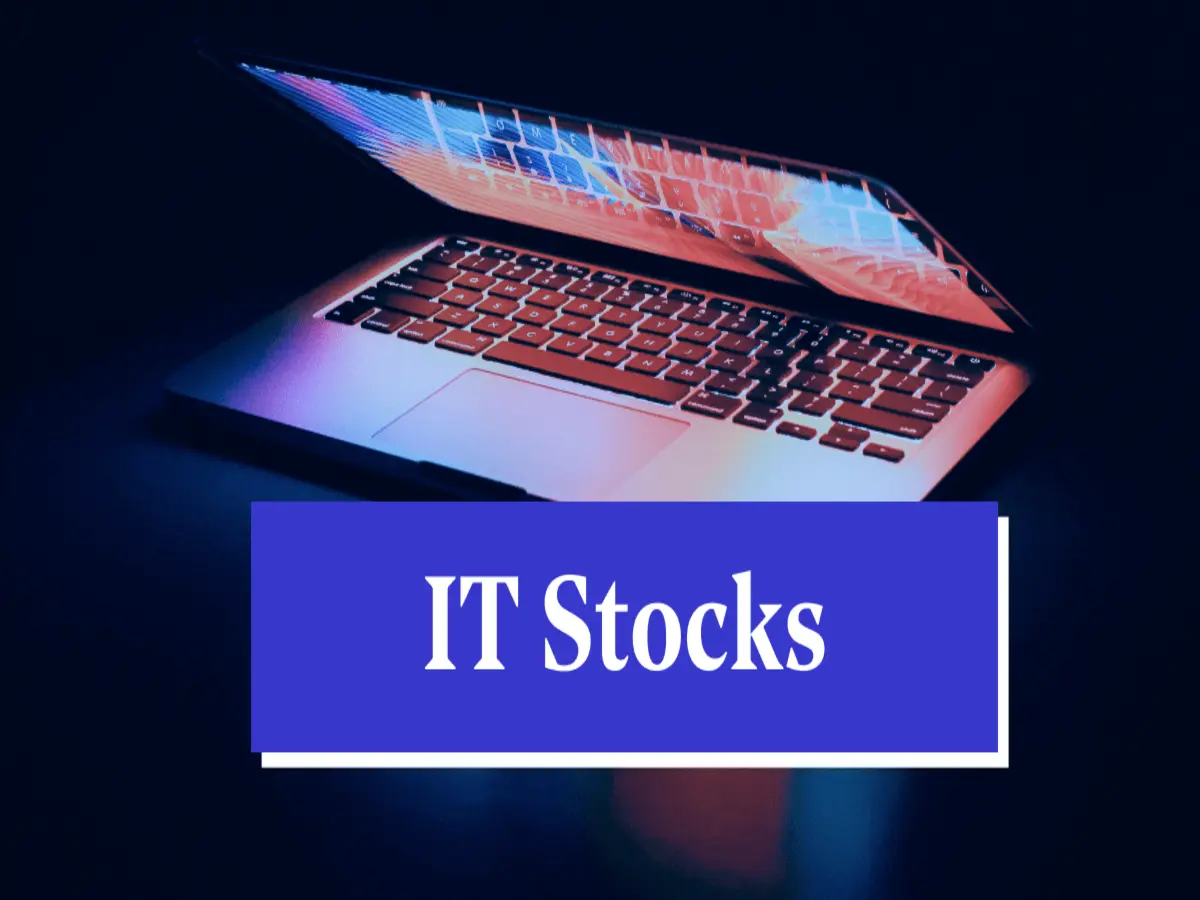
![[News] To Win Chip War and Advance in Next-gen Tech, Securing Taiwan’s Semiconductor Would be Top U.S. Priority | TrendForce Insights [News] To Win Chip War and Advance in Next-gen Tech, Securing Taiwan’s Semiconductor Would be Top U.S. Priority | TrendForce Insights](https://img.trendforce.com/blog/wp-content/uploads/2024/07/22131327/TSMC-Arizona-624x416.jpg)
As former U.S. President Trump has brought up the topic that Taiwan should pay for protection, raising concerns on cross-strait issues at the same time, Taiwan’s semiconductor industry and its foundry leader, TSMC, have once again draw market attention. Some scholars believe that the U.S. must realize that Taiwan is not a competitor but an important fabless partner, which could not only play a crucial role in advancing the development of next-gen technologies in the U.S., but help the nation to win the U.S.-China tech battle.
Citing Chien-Huei Wu, a research fellow of the Institute of European and American Studies at Academia Sinica, a report from Technews points out that while profits for foundries have significantly increased in the past five years, it is the IC design sector that gains the largest share of value in the entire supply chain. The benefits to foundries are not particularly significant.
Wu further notes that when NVIDIA, AMD, and Apple place orders, TSMC provides the best service, which indicates that the semiconductor industry in Taiwan is not the only major beneficiary, but U.S. IC companies and the American semiconductor industry as a whole.
U.S. Emerges as the Biggest Winner while Outsourcing Wafer Manufacturing to Taiwan
“The U.S. must recognize that without Taiwan providing better services and designing better processes to overcome limitations, its semiconductor industry would find it difficult to make progress continuously,” said Wu.
Wu believes that the relationship between Taiwan and the U.S. involves high-level cooperation in the supply chain, with each playing its respective role. This is why TSMC founder Morris Chang has repeatedly emphasized that TSMC is a service provider, a trustworthy and reliable partner.
Additionally, the outsourcing of the semiconductor industry is an inevitable trend. Look back in history: the industry had moved from Europe and the U.S. to Japan. Then the Reagan administration sought to suppress the Japanese semiconductor, leading to the signing of the U.S.-Japan Semiconductor Agreement in 1986, while TSMC was founded the following year (1987).
And the history seems to repeat itself. Even after more than forty years, the U.S. has struggled to prevent the industry’s relocation. Now, Taiwan and South Korea have taken the lead in the semiconductor manufacturing business, and there are reasons for this.
Wu further explains that the work cultures between the Europe, the U.S., and Asia are entirely different, and these differences in technology, personnel, and culture will all increase manufacturing costs. Furthermore, these hidden costs will have to be absorbed by American consumers, which will inadvertently increase U.S. inflation. The situation not only harms American consumers but also hinders the country in the competition of next-generation advanced technologies.
The U.S. May be More Concerned about TSMC’s Tech Reaching China than Whether the Wafers are “U.S.-made.”
Currently, the market is concerned that Trump might impose a 10% tariff on all imported products if he takes office. According to Wu, the purpose of the tariff is to protect American manufacturers, making consumers more inclined to choose American-made products at the same price level.
“But the premise is that the quality must be the same, and that there must be existing American manufacturers.” He believes that the U.S. currently lacks manufacturers of equivalent quality, as U.S. tech giants, including Intel, place orders with TSMC, which indicates that the tariff may not have the intended effect. If an additional 10% tariff is imposed, products from major companies like NVIDIA, AMD, and Intel will become more expensive, increasing U.S. inflation, which benefits no one.
If this happens, Wu suggests that TSMC could organize manufacturers into a lobbying group, including key players from both Taiwan and the U.S., to expand the impact of the tariffs to the American semiconductor industry.
Furthermore, he notes that the Taiwanese government must work more closely with the industry, acting as a mediator in times of conflict. With both sides maintaining a unified stance, the government should prioritize industry interests in its communications.
In addition to tariffs, the U.S. government is also very concerned about the share of TSMC’s high-end chips going to China, especially with the escalation of the U.S.-China trade war.
Regarding this, Wu comments that as Taiwan’s current technological controls on the flow of technology to China are still in early stages, it will be difficult to convince the U.S. that it is a reliable partner and service provider. Therefore, the Taiwanese government must enhance its efforts to control the flow of high-tech, talent, products, or intellectual property to China, as there is still significant room for improvement.
How Should Taiwan’s Semiconductor Industry Handle U.S.-China Geopolitical Tensions?
Regarding Trump’s views on cross-strait politics, Wu analyzes that he is different from typical Western politicians, as Trump is known for his transactionalism, unilateralism, and personal connections. Namely, he is more concerned with “What’s in it for me (Trump)?” or “What’s in it for the U.S.?”
From Trump’s perspective, maintaining order is no longer an U.S. obligation. Taiwan must protect its own country with its own efforts, including maintaining a certain defense budget.
Additionally, it is worth watching whether Trump’s chip policies aim to relocate the entire semiconductor supply chain from Taiwan to the U.S. Although this poses practical difficulties and is economically unfeasible, Taiwanese government and the semiconductor industry must prepare for the worst-case scenario, and starts policy planning in advance.
Read more
(Photo credit: TSMC)
Please note that this article cites information from Technews.





